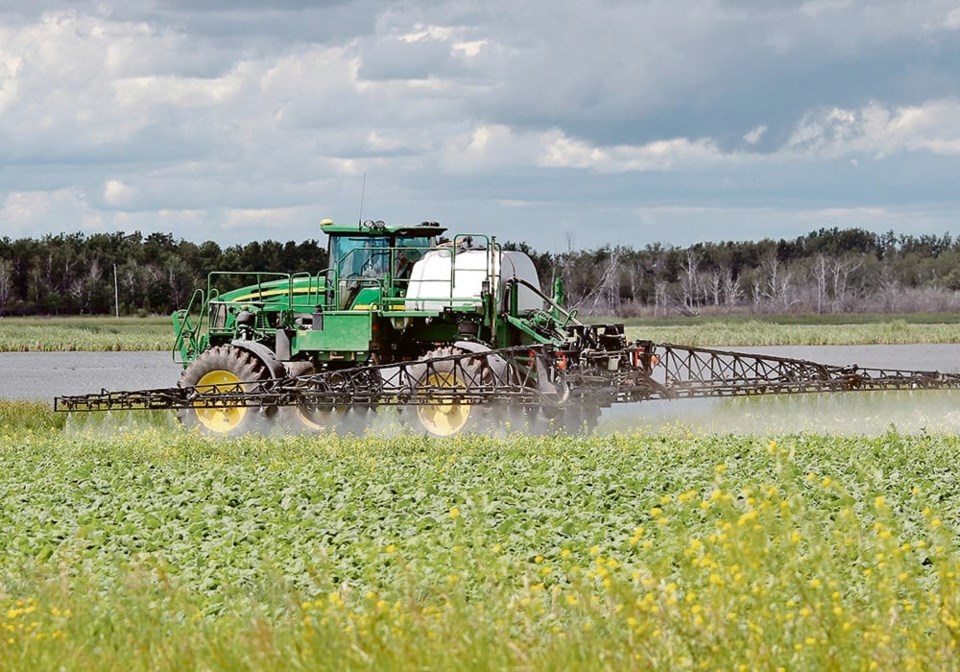WESTERN PRODUCER — Aug. 4, 2021, was a significant day for farmers and people who work in the crop protection industry.
On that day, the federal ministers of health, agriculture and environment came together for a news conference — about seven weeks before the federal election.
. The pause was necessary, they said, because the government was revamping the pesticide review process and creating a scientific panel to make it more “transparent.”
The Aug. 4 announcement was likely in response to a controversial decision by Health Canada’s Pest Management Regulatory Agency.
In May of 2021, the PMRA proposed increases to glyphosate MRLs on a variety of pulses and other products such as barley bran, wheat germ and rolled oats.
The proposal was connected to an application by Bayer CropScience to have Canada’s MRLs aligned with CODEX MRLs, stemming from a 2019 joint recommendation from the United Nations’ Food and Agriculture Organization and World Health Organization.
The PMRA plan to increase pesticide residue limits ignited a firestorm of criticism from Quebec media outlets.
The Aug. 4 pause on that plan soon became something else.
“This ultimately resulted in the birth of what is now known as the PMRA Transformation Agenda,” Terri Stewart, executive director of chemistry with CropLife Canada, said last December.
The pause on changes to MRLs was supposed to last until the spring of 2022. More than two years later, it’s still mostly in place.
Some believe the scientific panel is political interference.
“We have an unsubstantiated, temporary pause on MRLs that’s a clear political intervention and now on month 27,” said a consultant who helps companies navigate Canada’s regulatory system and didn’t want to be named for this story because they do business with the federal government.
“And a decision to refer paused glyphosate MRLs to the Scientific Advisory Committee that has had more than one anti-pesticide academic on it.”
The consultant added that Aug. 4, 2021, was a turning point in how Canada manages pesticides and crop protection products.
After the Liberals were re-elected, they made further announcements that created uncertainty about where Canada stands on crop science:
- Last year, the feds signed a global biodiversity agreement, which includes a pledge to reduce the risk from pesticides by at least half by 2030.
- In June, the feds said cosmetic pesticides will no longer be permitted on federal lands.
The common theme of these initiatives is that they “seem to question the ability and independence of PMRA,” the consultant said.
Pierre Petelle, president and chief executive officer of CropLife Canada, made a similar comment in June.
“(The PMRA) thoroughly assesses all pesticides for safety,” he said.
“To deem pesticides safe and then turn around and ban them for so-called cosmetic purposes on their own lands sends conflicting messages to Canadians.”
The Western Producer contacted federal health minister Mark Holland for comment, but he didn’t respond by press time.
SASKTODAY.ca is Saskatchewan's home page. Bookmark us at this link




